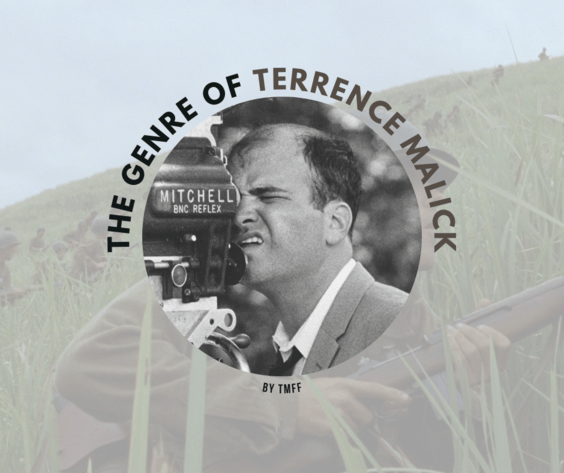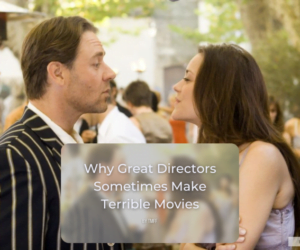If you were to argue that any filmmaker should have their own genre, most wouldn’t have any issue with Terrence Malick filling that specificity. Malick made a name for himself in the 1970s with Badlands (1973) and Days of Heaven (1978) but vanished from filmmaking until his triumphant return with The Thin Red Line (1998).
Whether you’re a fan of Malick’s work or not, you can’t disagree that he has a clear vision that has defined most of his work. Like many filmmakers, sometimes Malick’s vision pans out into a great film, while sometimes that vision has developed into a mediocre viewing compared to his masterpieces. Regardless, you must appreciate Malick for not caring about any rules or standards for his films. He doesn’t care if an actor is paid to be the star, if the narrative has too much set-up, or about timing restraints. He will turn his absolute vision into a film, regardless if it works for the masses.
That Malick “Look” to a Film
The classic way to describe a Malick film is its look. Though his work may seem challenging to describe, it’s very recognizable, as much of a contrary as that might seem. Since his first film in 1973, Malick has experimented with countless cameras and techniques that would later defy his work from The Thin Red Line on. That ability to demonstrate life in context is carried throughout Malick’s work, seeing the tranquility of a distinct place or character only for its demise or conflict. That notion is carried out with its characters as Malick develops emotional characterization throughout. That look heavily revolves around his infatuation with nature, wide-angle lenses, and a soft Steadicam. Those consistent tools didn’t necessarily exist in his earlier look, as it takes time for any great artist to develop their craft. Hence, Malick’s more modern look is what many associate with a Malick film.
Malick does a great job with a free-moving camera, causing the audience to feel like we’re floating throughout. Though it appears distracting to follow the action of a scene that doesn’t seem obvious, Malick meticulously picks every movement, making me think it’s intentional. However, as a result, Malick’s style is very polarizing. Some feel this constant camera movement is frustrating and pretentious. Others feel it evokes a plotline and film style that isn’t ordinary, thus enticing us to follow along. It’s an impressionistic approach that is compelling, to say the least.
The Use Of Voice-Overs
Besides Malick’s unique approach to camera movement, he compiles that look with poetic voice-overs. We see this best in The Thin Red Line, with the various soldiers who employ a philosophical musing as we witness them experience a literal hell.
Comparatively, Malick’s voice-overs aren’t as literal as other voice-overs. Take Henry Hill (Ray Liotta) from Goodfellas, who tells his life story throughout the film (all my life, I wanted to be a gangster!). Meanwhile, Malick utilizes an existential technique, where the character questions something around them, their life, or what meaning is. It’s a big difference from the Goodfellas Henry Hill approach. That ability gives the characters a way to voice internal struggles and existential issues surrounding their life. It provides access to a philosophical question that Malick most likely ponders. It’s brilliant when you realize it in that sense, no matter how pretentious it can appear in some of his worse films.
Furthermore, it gives us access to the heart of his film. It gives a not-so literal answer to the film’s point, why it matters, and what we can learn from it. Though it doesn’t always work out, I’d argue there is much to learn from Malick; a director who has developed a style that feels novel to only his work.

















